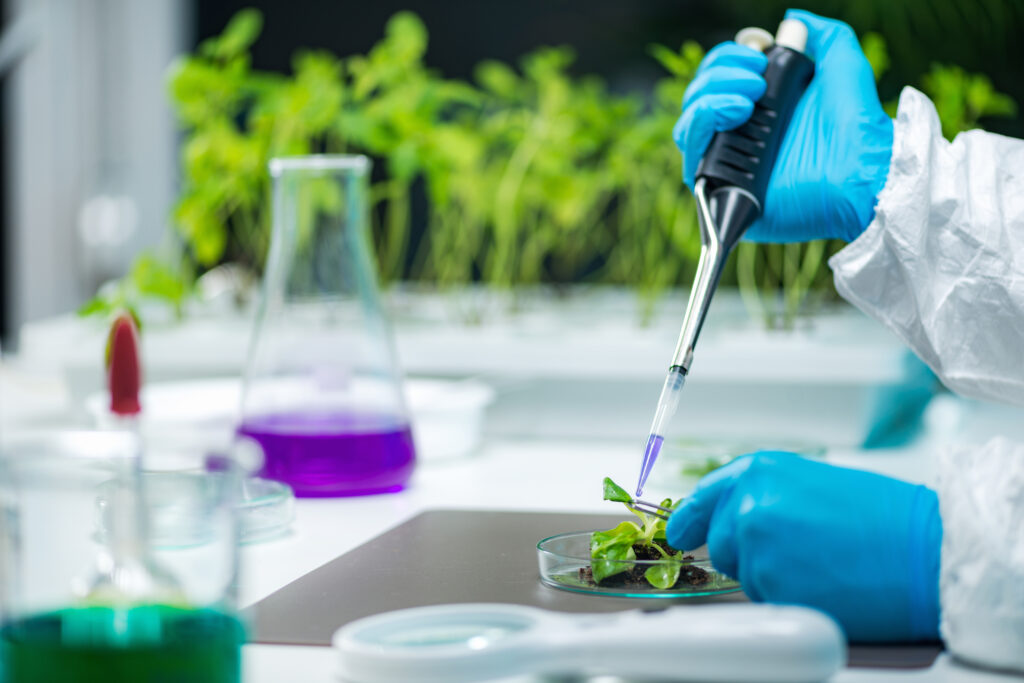
Nematodes are microscopic worms that can cause significant damage to plants and agricultural crops. To identify the presence of nematodes and assess the level of infestation, various tests and analysis techniques can be applied. Some of the common tests for nematodes include:

1. Nematode Extraction: Extracting nematodes from the soil or plant roots is the first step. This can be done using methods such as centrifugation, sieving, using flotation solutions, or Baermann extraction.
2. Nematode Identification: After extraction, nematodes need to be identified to the genus and species level. This typically involves microscopic observation of the nematodes’ morphological characteristics.
3. Nematode Counting: Counting nematodes in a soil or root sample is used to determine the population density. This is important for assessing the severity of infestation.

4. Nematicide Sensitivity Tests: In some situations, it’s important to determine the sensitivity of nematodes to nematicides or control chemicals.
5. Molecular Biology: The Polymerase Chain Reaction (PCR) technique can be used to identify nematodes based on their DNA, which is particularly useful for identifying specific species.
The choice of specific tests depends on diagnostic needs, the nematode species in question, and the cultivation environment. Regular analysis and monitoring are crucial for controlling nematode infestation and taking appropriate measures to protect crops.